THE 2ND BOER WAR 1899 – 1902
Notice of a dinner to celebrate Burnham Rifle Corps volunteers for South African campaign, February 1900.
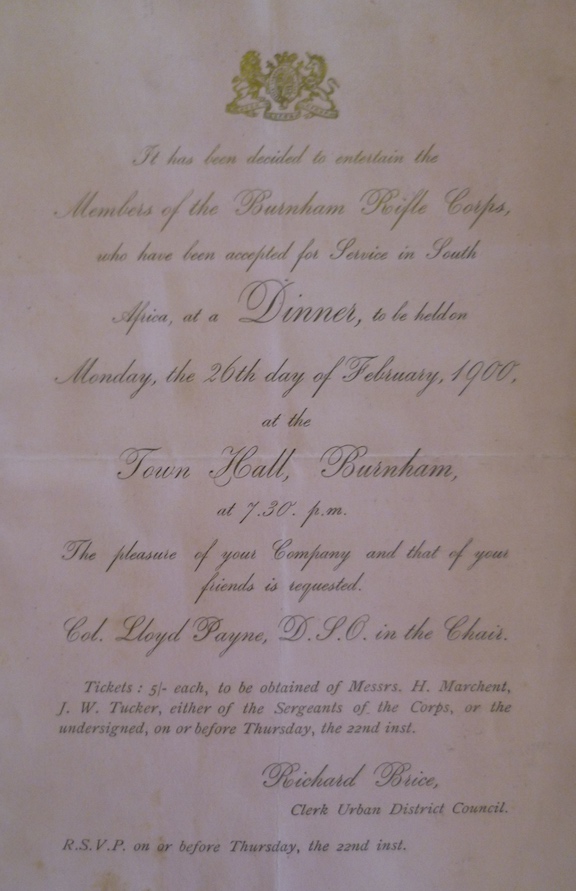
Below left, a letter from the front by a member of the Patey printing family, printed in the local press, and right a list of local charitable subscriptions to the war effort.
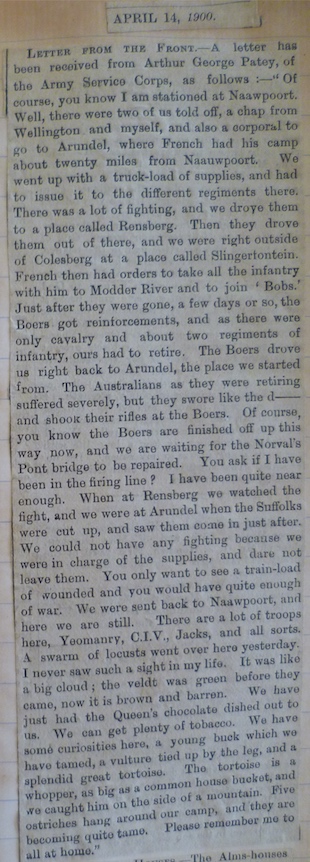
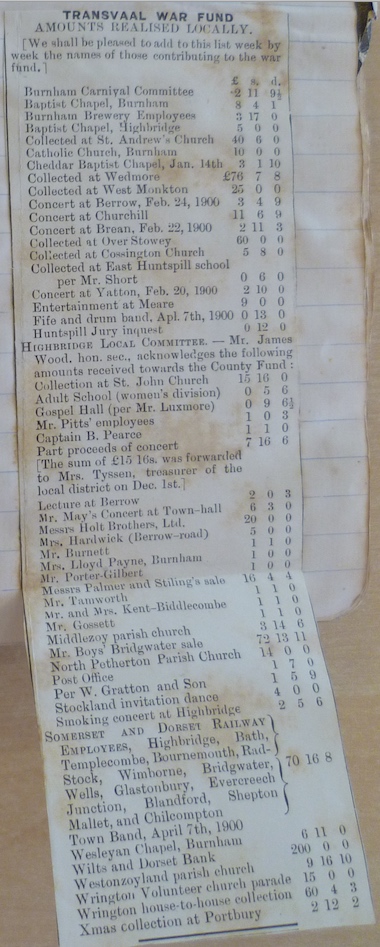
Below a report of the peace celebrations in Burnham & Highbridge in 1902
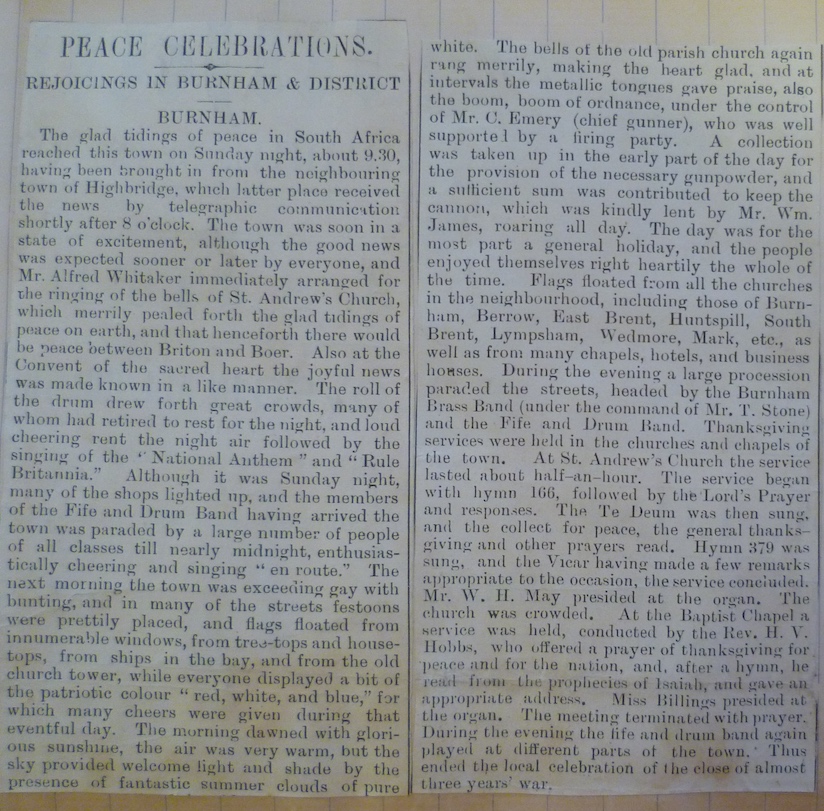
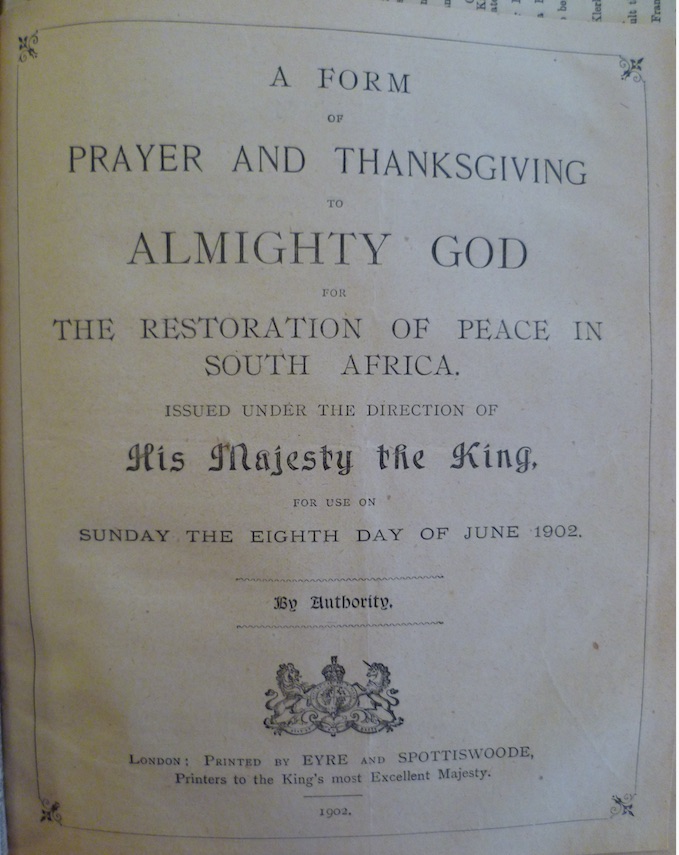
WORLD WAR I
A ‘snapshot’ of Burnham during the first week of the first world war:
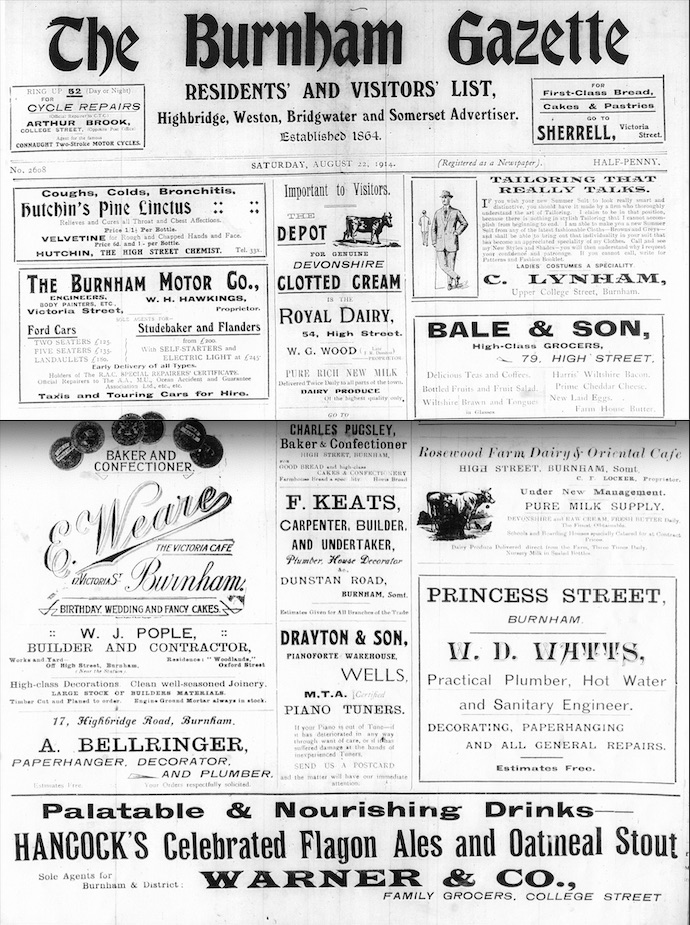
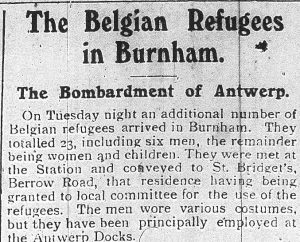
South Wales Borderers and Army Cycle Corps
Both of these companies were billeted in Burnham in 1915
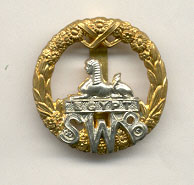
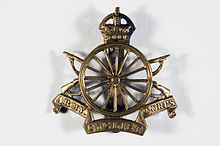
From Burnham Gazette 6th February 1915:
THE CALL TO ARMS
Church Parade
There was a large muster of officers and men of the South Wales Borderers and the 19th Cyclists Corps on Sunday morning for the church parade Colonel C.W. Trower commanding the Battalion was present. Accompanied by the Fife and Bugle Band the troops marched to the Parish Church, where an appropriate service was given by Rev.G.L. Poarcher (curate). On the conclusion of the service the men assembled on the Promenade, the full length of which was traversed. After marching past Colonel Trower the troops dismissed. Companies also attended the Catholic Church, the Wesleyan Church, and the Baptist Church.
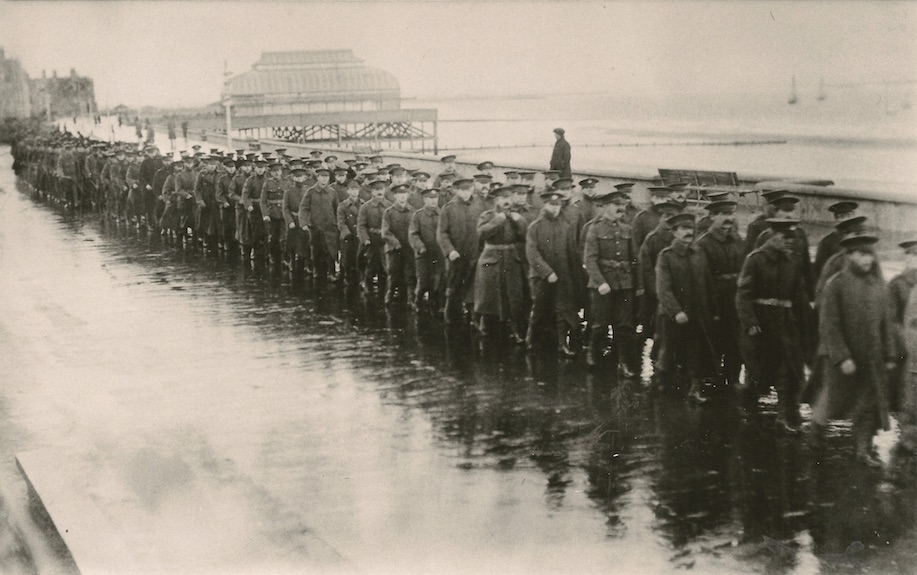
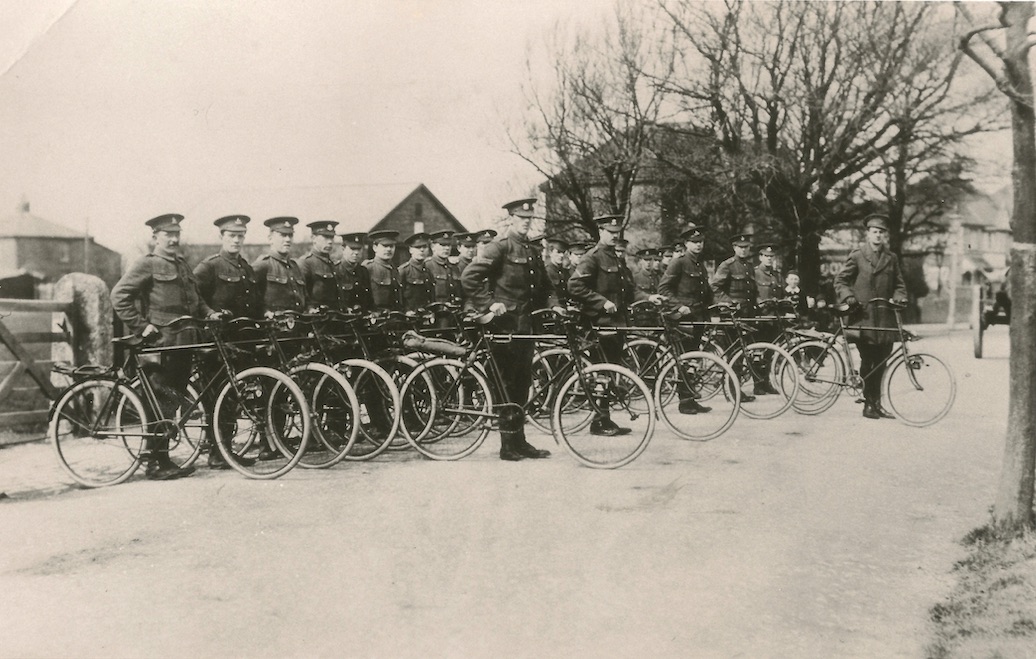
Of the second photo John Strickland says “I’m fairly certain this was taken in Lynton Road with the roof tops of Rosemary Cottage on the left; the Station behind the cyclists and Abingdon Hotel behind the tree. I remember that there was still a barred gate into the coal yard during my childhood. “
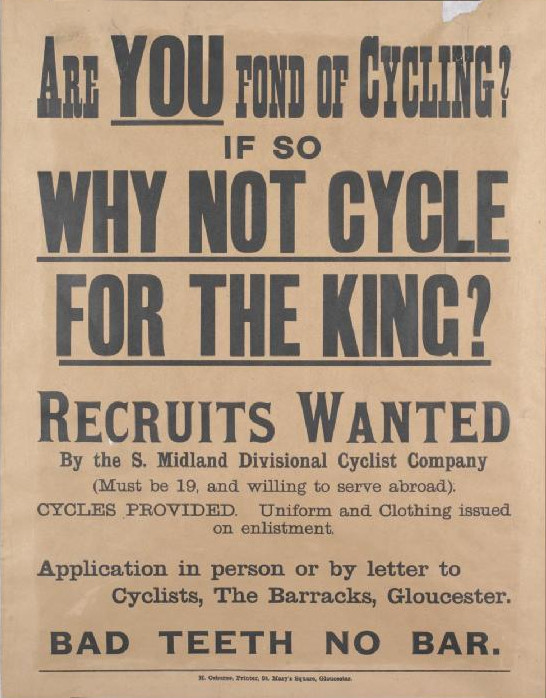
It is not clear why anyone might have thought bad teeth would be a bar.
Below: Cycle Corps bicycle specification sheet.
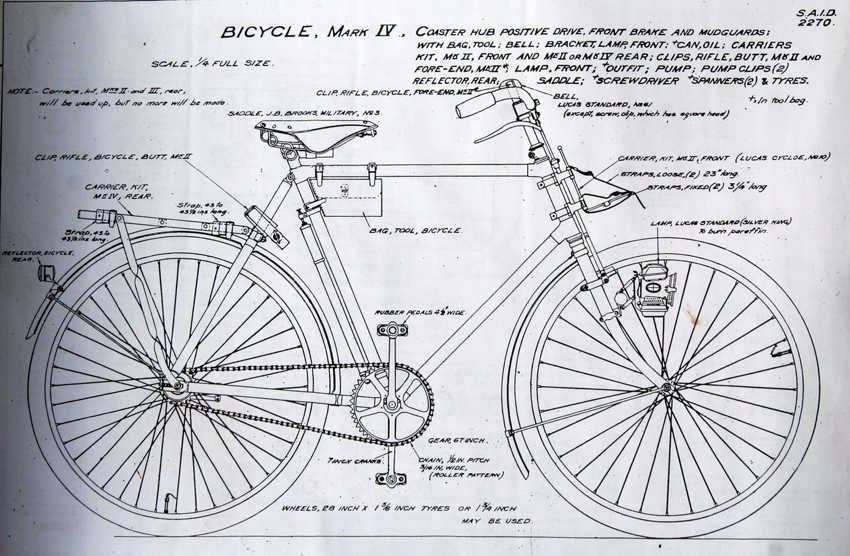
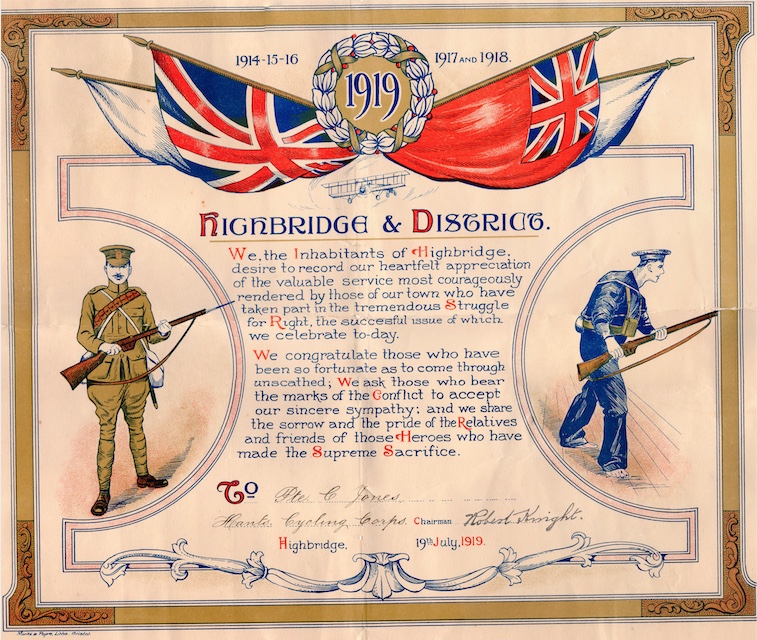 Above: certificate of thanks awarded by Highbridge to private C. Jones of the Hants. Cycle Corps.
Above: certificate of thanks awarded by Highbridge to private C. Jones of the Hants. Cycle Corps.
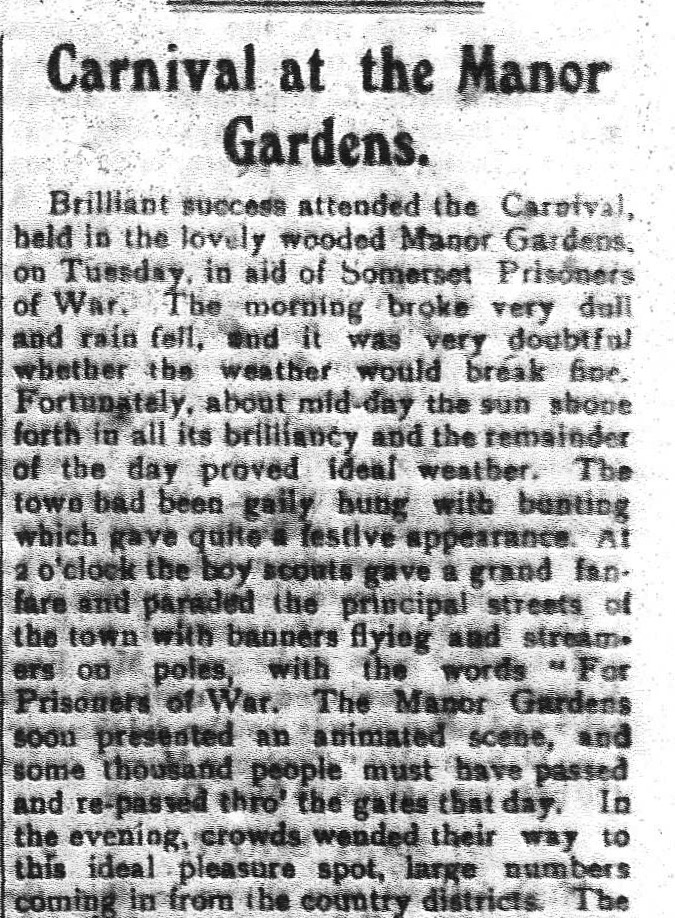
The certificate below shows a charitable gesture by one of the students of St Margaret’s school, at that time situated in Julia Terrace, in donating prize money to the War Fund.
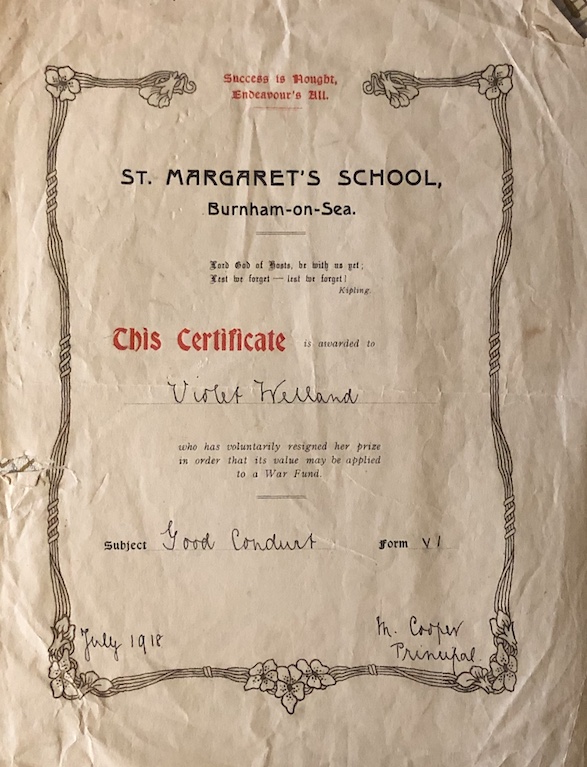
Shortly after the war St Margaret’s moved to the house in Poplar Rd which had been used as a military hospital during wartime (below). Hart House School was also used for this purpose. Particular note is made on the Hart House page of Nurse Bowring’s work.
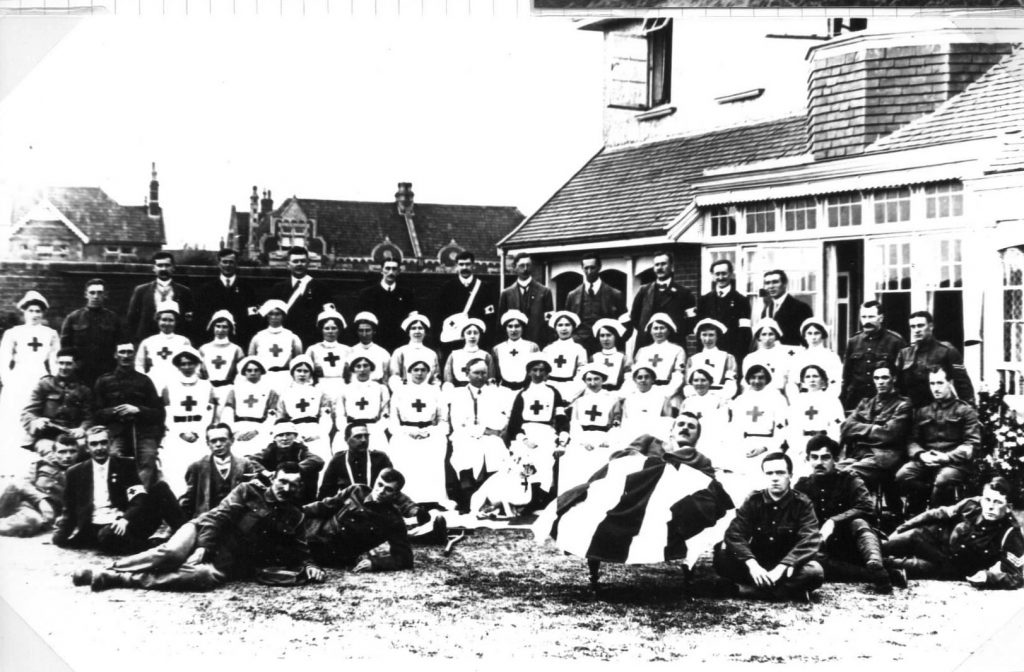
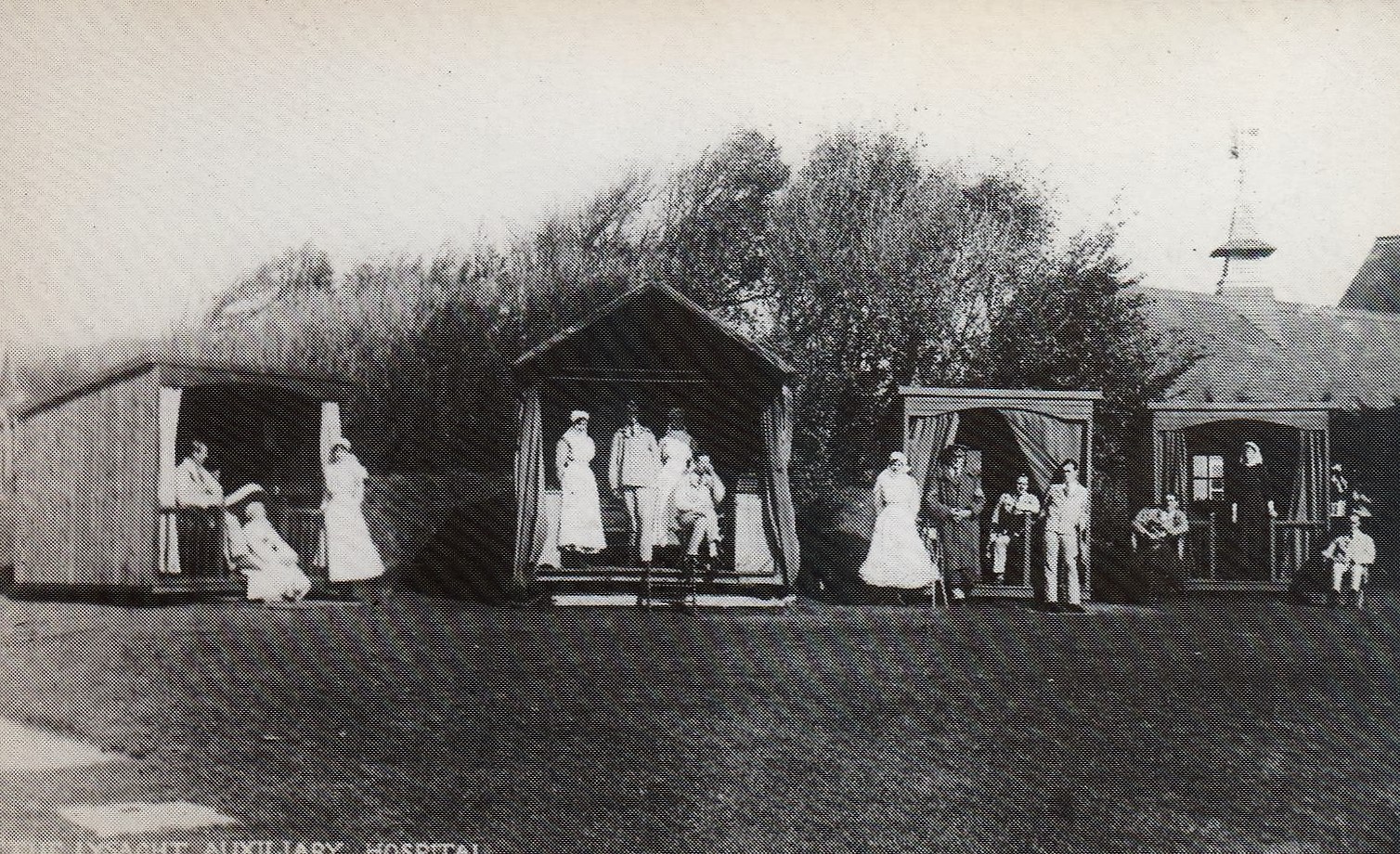
The Burnham Gazette and Highbridge Express Centenary Edition of 1964 tells us that a company was formed in Burnham to make aircraft wings during the war, in co-operation with other firms in the district. It gives no more information so if anyone can supply more please send us a comment below.
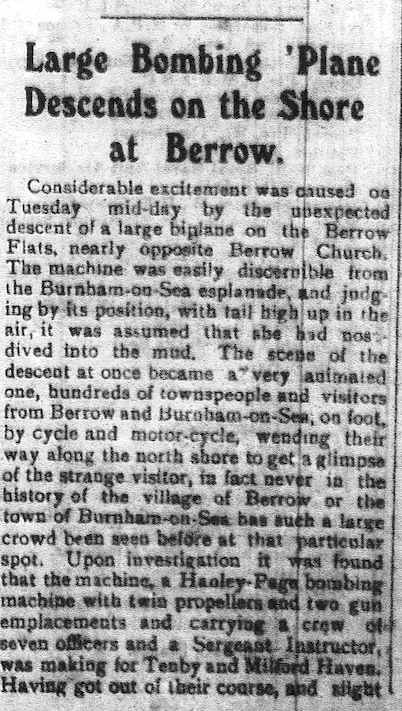
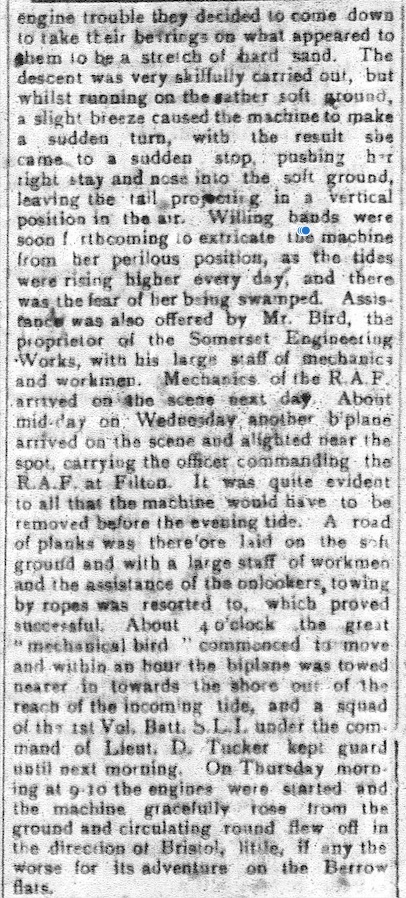
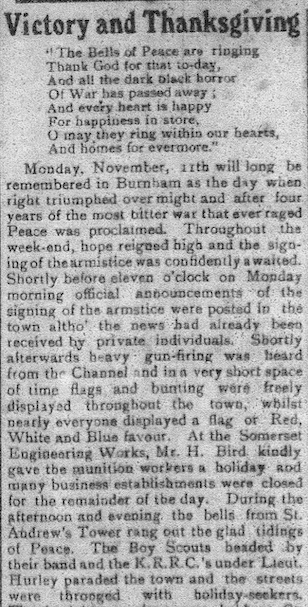
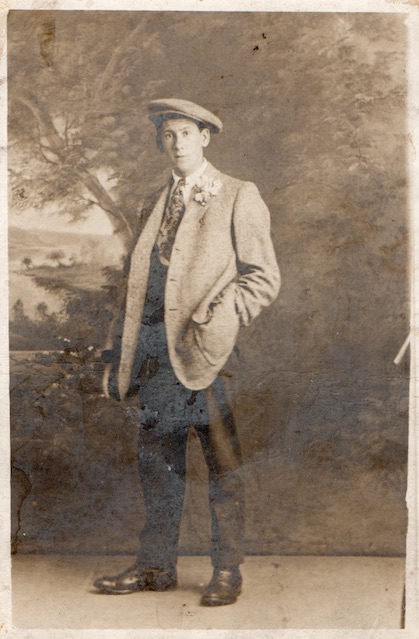

Charles Sealey of Abingdon St is just one of those Burnham residents who gave their lives. Another was Albert Dyer (below). The Holt (Brewery) family also lost two young men. For a full list and details see World War I casualties page.
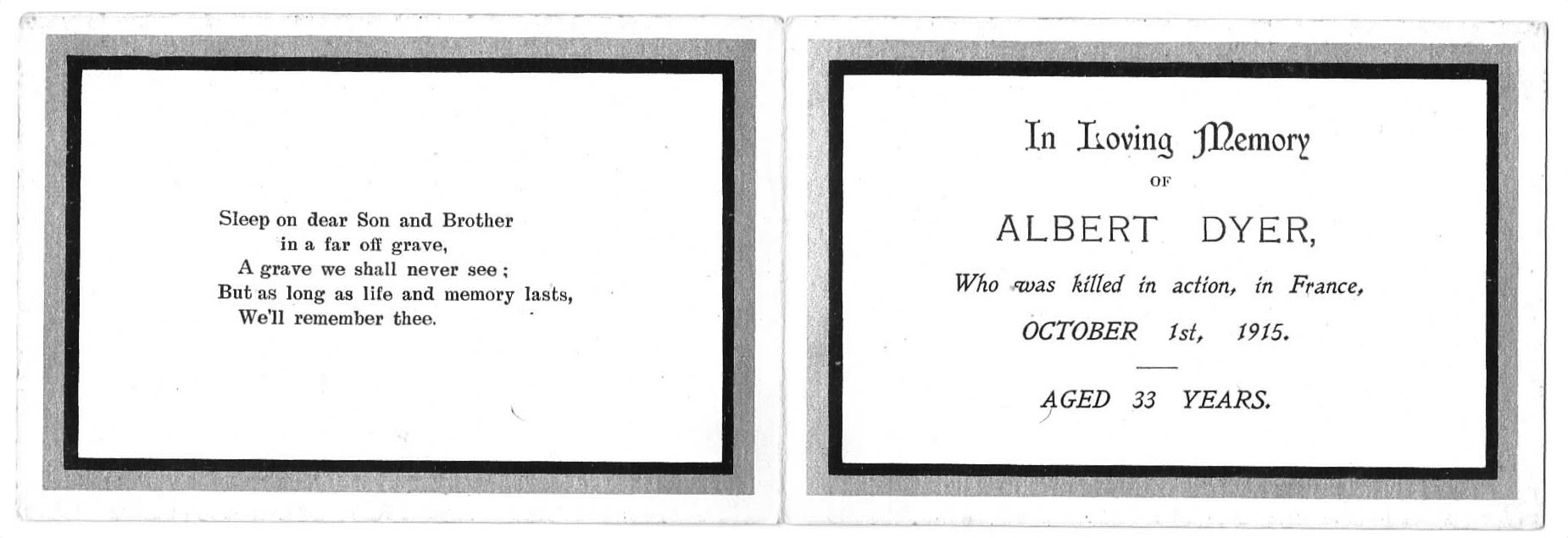
From Burnham Gazette May 31st 1919 Page 8
BRAVE BROTHERS
Three sons of Burnham-on-Sea attended at Buckingham Palace on Saturday 17th May, namely Lieut-Col. Arthur Smeltzer, D.S.O., Major Jack Smeltzer M.C. and Lieut. Willie Smeltzer, M.C. and received their investiture of the King for conspicuous bravery in action in the European War. In addition to the honours appended to their names the gallant officers have each been awarded the bar. The town feels greatly honoured by the distinction that His Majesty has conferred upon three brothers who have displayed conspicuous bravery in the field for all three were born in Burnham-on-Sea, were educated at the Church of England school, under Mr. W.H. May the head master who is proud of the achievements of his former pupils. Lieut-Col. Smeltzer and Major Smeltzer were born in Highbridge Road and Lieut. Smeltzer in Oxford Street. Two other brothers are in the Army, viz. Sergt. Sidney Smeltzer, who served in the Dardanelles and Lieut. Bertie Smeltzer who was in hospital two years has lost his one leg and is wounded in the toes of the foot. The five brothers are the sons of Mr. and Mrs. Smeltzer, who for some years ago resided in High Street, at that time known as Alfred Street. Mr. Smeltzer was employed at works in Highbridge, and he conducted business as a grocer in the shop now occupied by Mr. Hill baker. Mrs. Smeltzer is a daughter of the late Mr. and Mrs. James Hobbs and her sister Mrs. Elizabeth Macey, wife of Mr John Macey resides at No. 17 Highbridge Road, Burnham. Mr. and Mrs. Smeltzer who reside in London are deservedly proud of their sons achievements. The three brothers who have gained such honours for their gallantry and bravery are also proud of their birthplace. Lieut-Col. Smeltzer often talks about his boyhood days in Burnham and his wife is expected shortly. We believe the distinction of D.S.O. that has been conferred upon Lieut-Col Smeltzer is the first of that class awarded to a Burnham soldier during the war. We heartily congratulate our townsmen on their gallantry and the great honour conferred upon them.
NB, Due to changes in the organisation of the website many of the comments below actually apply to the World War 2 page.

My father was in the marines during the war, based in Chatham. In his war records, it states that he was assigned to the ‘Burnham Party’. Can anyone shed any light on what that means? We think it involved going along the coast checking for enemy boats.
A
Hi Andrew,
Unfortunately I am unable to shed any light on this for you. The only thought I have is that it might be related to the Destroyer HMS Burnham, which was adopted by Burnham on Sea.Perhaps other readers may have some knowledge or ideas.
My mother’s family was evacuated from Barton Hill, Bristol to Bob Thorne’s farmhouse in Stretcholt. After that they moved to 38 Grange in Highbridge. She had worked in the Fry’s factory in Somerdale from ’37 to ’42, then in the Women’s Land Army first at Pineapple Farm in Congresbury for “Mr. Griffith & Son”, then as the stock record clerk in the Allied Fuel Depot “G50 Q331”. As I mentioned before, she became sweethearts with the Yank Staff Sergeant there. His company was the 3937th QM Gas Supply Company. According to both my parents, my mother was VERY strict about the bookkeeping at the Depot. She also told me that the amount of gasoline stockpiled in Highbridge, was actually “piled” in building sized stacks and so there was NO SMOKING allowed anywhere nearby. When I asked her if she was afraid of explosions from bombs and the gasoline, she said “no.” But her sister Marge (Fielding) told em that my mother was scared stiff of the little mouse who lived in their bomb shelter behind 38 Grange. My grandfather was Reg Bishop, who had fought in the Ardennes in WW1, then came home to be a railroad worker in Bristol. After moving down to Highbridge he worked on the S&D until he retired. He also used to run the Highbridge flower and vegetable “contest” in his retirement. When I was young I spent two summers in Highbridge, 1969 and 1973. I met Bob Thorne at his farmhouse in Stretcholt. He told a great story about taking my mother out on Christmas Eve night, 1942 so she could “pick out” the first Christmas tree her family would ever have. She did. He cut it down. They dragged it back to the farmhouse, had a proper holiday with salmon from the river, and then he admitted that their appropriating the tree wasn’t exactly legal. Sadly, my mother Elsie Joyce (Bishop) Semenuk passed away last year at 99 and a half. A few weeks before she passed I mentioned to her that she only had part of a year left until she’d get her letter from the Queen. She crinkled her brow and said to me “or the PRINCE!” (her comic emphasis as she wasn’t keen of the fellow who is now the king and she was realistic about Elizabeth’s and her own advanced age).
Hi Mr Strickland,
I am a little perplexed that my long and detailed message regarding my dear late mother-in-law Jean Price (that was her maiden name) DOB 27.12.28 has disappeared… it was marked as being moderated or for moderation, my apologies if I’m not using the correct terminology.
Perhaps you could help me understand and let me know if I should write to you again
Thank you
Kind regards
Roberta Blewitt
Hello Roberta,
I must apologise for the delay in my replying. I have checked our communication files and cannot find the one from your mother -in – law . Would you kindly sent it again.
Thank you,
John
Hi John
Following my comment above, dated 24th August, my mother is also interested if any of her class mates from Princess Street school, Burnham- On -Sea, are still around. Names which she remembers are:
Pamela Maynard
Jean Holt
Lilian Kick
Fred Farthing.
Mum would be thrilled to hear any news on these individuals!
Many thanks indeed
Mark Thompson
My mum, Pamela Levett ( her maiden name) was born in Hastings in 1936 and was evacuated to Burham-on-Sea with her family in 1939 to 53, Stoddens Road: “Pandora”. “Pandora” was a large house and owned by the Hauser family, who lived in a bungalow next door. The garden was huge apparently, with orchards etc. Pandora was sadly pulled down several years ago to make way for some housing development. Mum has no pictures of the house, which is a great shame.
On the point of mum’s evacuation, it appears that rather than be formally evacuated, she went to live in Burham- on- sea voluntarily on the basis that other Hastings residents were doing the same. Whether there was some connection therefore between the two towns at this time, I’m remain unsure.
Mum went to Princess Street School, and used to walk back to Pandora for lunch via a graveyard- the majority of the trip was across fields back in the day. She left Burnham in 1945 to return to Hastings at the end of the war.
Mum is now very keen indeed to find out anything she can about the Hauser family during these times. She thought Mr Hauser may have been in his 40’s or 50’s at the time she was there. We have found the article about Louis Hauser on the capture Burham, and presume there must be a connection, but Louis we think would have been too old to have been the same man mum knew. We would be thrilled if anyone could fill in some gaps in mum’s story!!
Sent via BT Email App
Hello again Mark,
Thanks for this posting and I hope someone may be able to help more. We are also researching some of our records.
Thanks,
John
Hi John ,
A long shot perhaps but here goes.
My dear mother-in-law, Jean, Price was her maiden name, D.O.B 27.12.28 passed away last summer. As a child she was evacuated to Burnham-on-Sea during WW2. She spoke to me about it with great affection. Burnham was her “happy place”. Together with her friend Grace and thanks to the good folk of Burnham, when the time was right, she safely returned to live with her parents in Shepherds Bush.
After marrying John, they moved to a small village in Hampshire where he sadly died 16 years ago.
Back to Jean.
She said the ‘father’ in the house where she stayed grew the most wonderful sweet peas.
Do you know of anyway to trace even the road where she stayed please? Towards the end of her life she had dementia and thought that she was living in Burnham. Our family would dearly love to lay Jean’s ashes to rest back in her happy place. I do hope you might have some thoughts. Thank you
Kind regards
Roberta
Hello Roberta,
Thank you for sharing this and what a lovely story. Their have been many keen gardeners here over time and a few nurseries as well but I will need to ask some of my History Group members to see if we can answer your question. This may take some time and I will also put it to the audience at our June meeting . So fingers crossed.
John
Hi John,
I’ve reappeared.
Thank you so much for your reply.
I will look forward to hearing more.
Jean would have been flattered and quietly thrilled to think you had taken an interest.
Kind regards
Roberta
Hello John, just wondering if the June meeting had been held and if so if you have any information for me and the family please? Thank you
Kind regards
Roberta
I recall that the entire beach was ‘defended’ against landing by hundreds of evenly-spaced poles
Thanks for your comment Robert. I guess there are few people now with actual memories of wartime in Burnham.
My mother turns 99 in January and used to work in the Allied Fuel Depot in Burnham during the war. She married an American staff sergeant (my dad) just after Germany finally fell while on a weekend furlough. She can still remember details of Highbridge, where her family relocated during the blitz and then stayed on afterward. I can remember many stories from her, and my dad, as well as my grandparents and aunts. Happy to share if anyone is interested.
Hello Geoff.
We would love to know more of your mother’s memories of this time. Please feel free to share them here. We are especially interested in the USA POL Depot and the railway sidings at Highbridge and have been informed many USA people were billited to houses in Burnham. Where was your Mother’s home ?
Thank you for making contact,
John
During the war my mother’s family was evacuated from Bristol (near Templemead where her dad worked for the railway as a brakeman or rail-checker (?)) to Bob Thorne’s farmhouse in Stretcholt. Her family then found a home on Church St., around 103, then they lived at 38 Grange with a proper bomb shelter in the garden. I’m not sure where my dad was billeted, but from what he told me about the massive stacks of petrol cans there, and the amount of responsibility he had for managing the soldiers, I don’t think he was ever very far away from being on duty. As far as the railway sidings go, my grandfather Reg Bishop used to work there for the S&D after leaving Bristol. When I was 8 years old, in 1969, he showed me holes in the concrete bridge over the railway near the Rec Field, and as I recall he said they were damaged by German raids.
We have had a question from Jack Luxon which I post here to invite replies from anyone who may have additional information:
“In the summer of 1944 the doodlebugs were becoming a nuisance in London and my parents decided it might be a good idea if I was to come and live with my Aunt Lizzie Lee and Uncle Frank in Phoenix Terrace. When school summer holiday started my Mum and I travelled to Burnham and we stayed for a while but when it came time for Mum to return to London I didn’t want to be left and we returned in time for the V2s.
While in Burnham I recall British planes flying over at low level firing their machine guns, presumably at Steart Island. I think the planes were Mosquitoes. This happened more than once. I wonder if anyone else might recall this?”